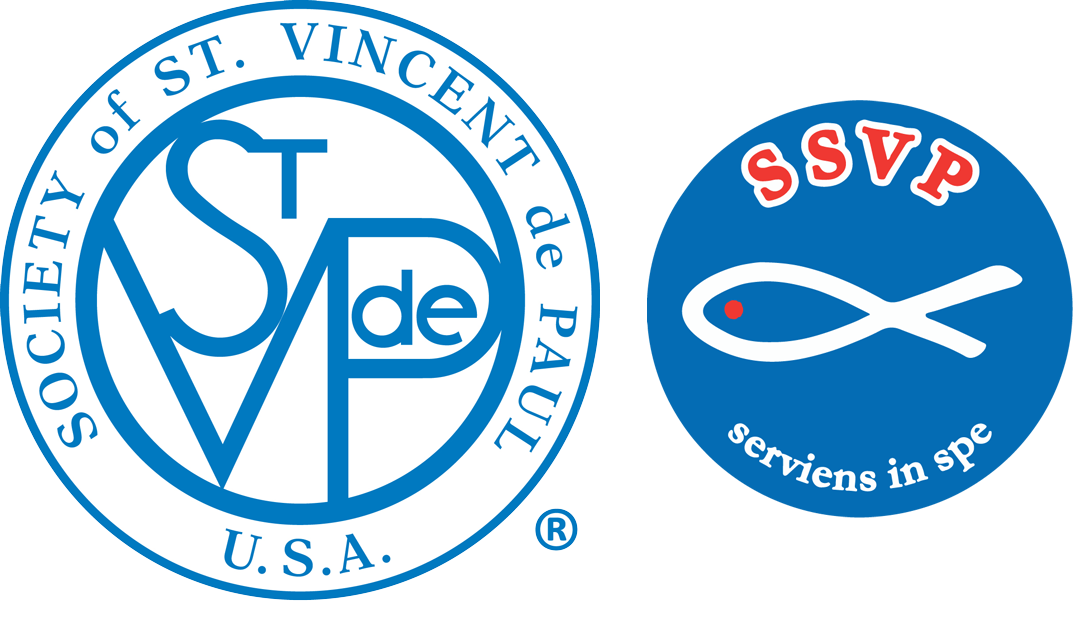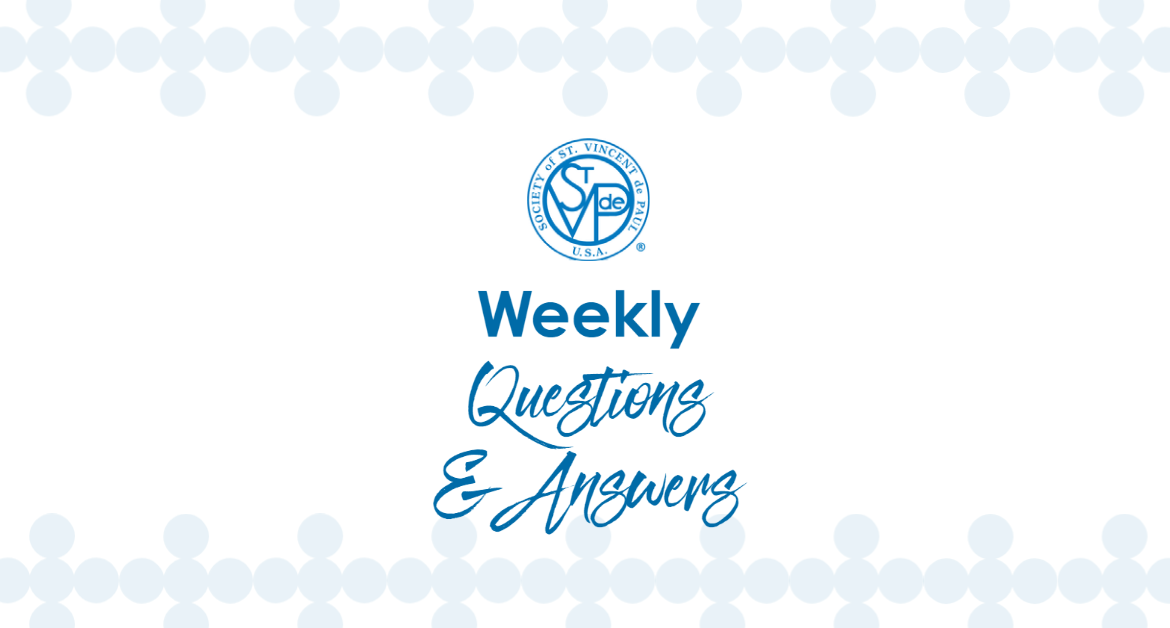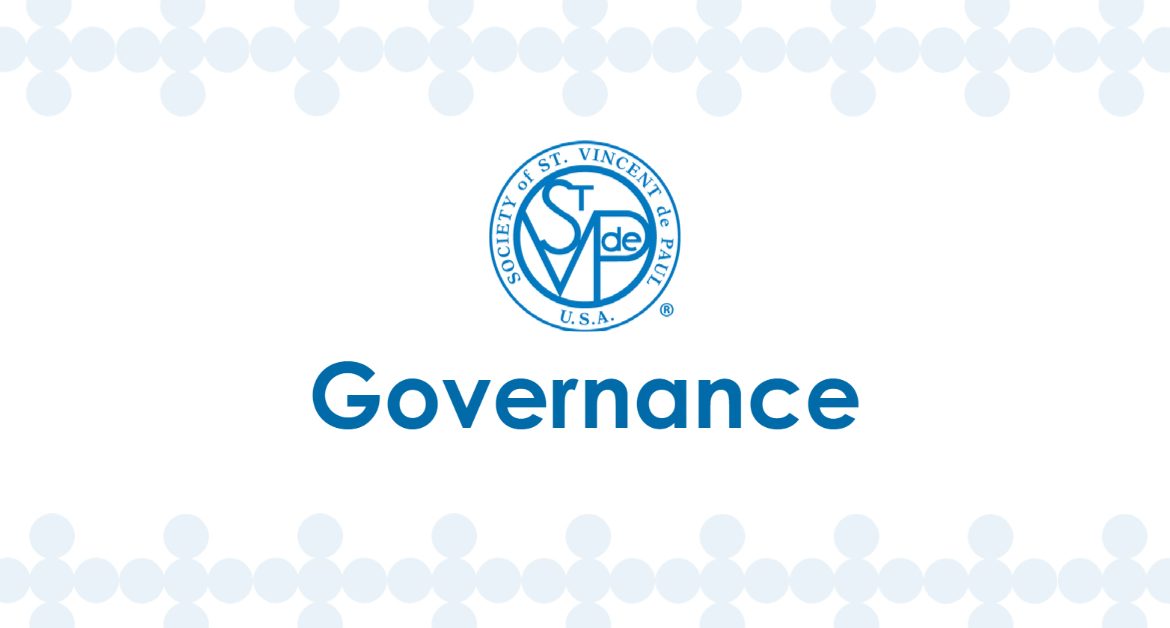Q: Should members of the Conference be permitted to perform services for which they are compensated by a neighbor who is being helped by the Conference?
A: Members of the Society should not accept compensation from those we serve for the works that we do as Vincentians. What we provide in the way of resources and our time is a gift to those in need. No payment is to be accepted.
Vincentian connections are not proper to make business solicitations for work done outside of the Society. Otherwise, nothing prohibits a Vincentian from conducting their usual business services for someone who receives Society services. We do not restrain trade; however, there should be a clear distinction between what is provided as Society service (at no cost to those receiving the services) and what may be done as a contractor, etc.
Q: Our Conference is assisting a neighbor who has someone once a week to help with laundry and housework. The helper is paid $22/hour. The neighbor is not happy with the job this person is doing and would like to find someone else to do the work. Discussing the situation at our Conference meeting, one of our members offered to help this neighbor. The member wants to be paid for her services. Is this something that is permitted within the Conference?
A: In the above Q&A, we indicated that members should not be paid for work they do as Vincentians. However, in this case, the member is effectively being employed by the person the Conference serves. If the member continues to receive payment for services from the person served by the Conference, then the member must withdraw from participating in any way with the Conference in evaluating requests from that person.
Spanish Translation
P: ¿Se debe permitir que los miembros de la Conferencia acepten compensación para hacer servicios por los cuales están recibiendo ayuda por la Conferencia?
R: Los miembros de la Sociedad no deben aceptar compensación de aquellos a quienes servimos por las obras que hacemos como vicentinos. Lo que proporcionamos en forma de recursos y nuestro tiempo es un regalo para los que tienen necesidades. No se aceptará ningún pago.
Las conexiones vicentinas no son apropiadas para hacer solicitudes de negocios para trabajos realizados fuera de la Sociedad. De lo contrario, nada prohíbe que un Vicentino realice sus servicios comerciales habituales para alguien que recibe servicios de la Sociedad. No restringimos el comercio; sin embargo, debe haber una distinción clara entre lo que se proporciona como servicio de la Sociedad (sin costo para quienes reciben los servicios) y lo que se puede hacer como contratista, etc.
P: Nuestra Conferencia está apoyando a un vecino que tiene un ayudante que viene una vez a la semana para ayudar con la lavandería y las tareas del hogar. Al ayudante se le paga $22/hora. El vecino no está contento con el trabajo que está haciendo esta persona y le gustaría encontrar a alguien más para hacer el trabajo. Hablando de la situación en nuestra reunión de la Conferencia, uno de nuestros miembros se ofreció a ayudar a este vecino. El miembro quiere que le paguen por sus servicios. ¿Es esto algo que está permitido dentro de la Conferencia?
R: En la pregunta/respuesta anterior, indicamos que a los miembros no se les debe pagar por el trabajo que realizan como vicentinos. Sin embargo, en este caso, el miembro está siendo efectivamente empleado por la persona a la que sirve la Conferencia. Si el miembro continúa recibiendo el pago por los servicios de la persona a la que sirve la Conferencia, entonces el miembro debe dejar de participar de cualquier manera con la Conferencia en la evaluación de las solicitudes de esa persona.


